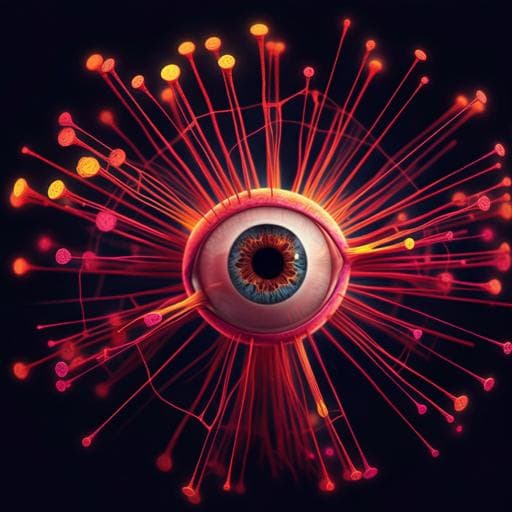
Medicine and Health
Convolutional neural network-based classification of glaucoma using optic radiation tissue properties
J. Kruper, A. Richie-halford, et al.
This groundbreaking study explores how glaucoma affects brain connections, utilizing diffusion MRI to compare 905 glaucoma patients with 5292 healthy individuals. The authors found that convolutional neural networks focusing on optic radiations outperform traditional models in classifying glaucoma, revealing a unique signature in optic radiation tissue. Conducted by a multidisciplinary team from universities and hospitals, this research sheds light on an unexpected link between eye health and brain connectivity.
~3 min • Beginner • English
Related Publications
Explore these studies to deepen your understanding of the subject.







